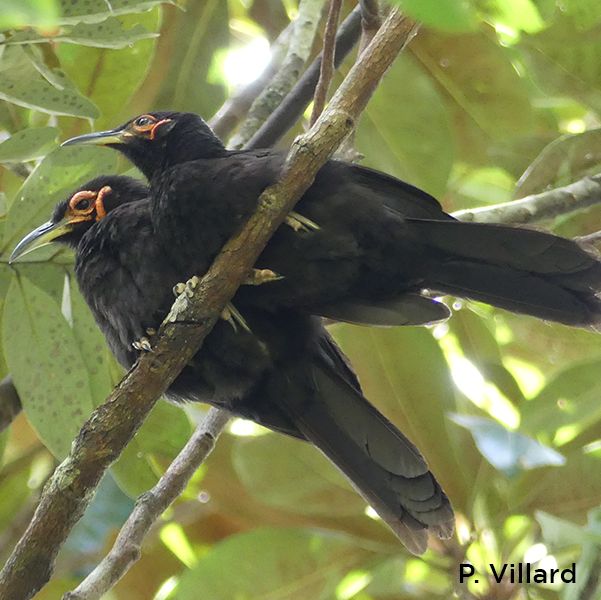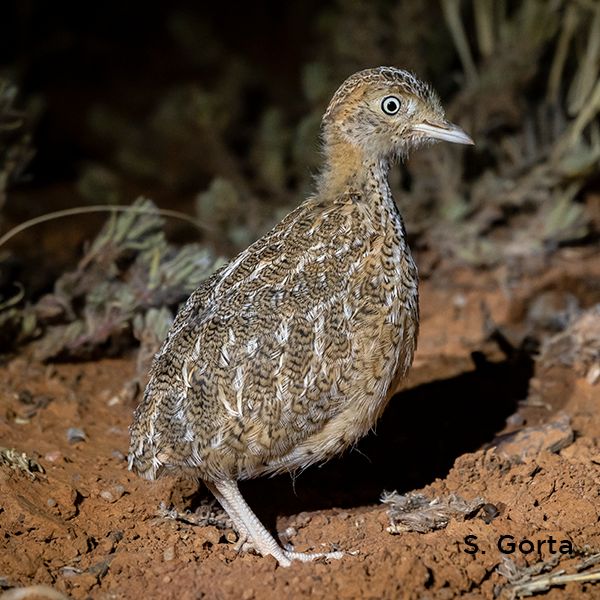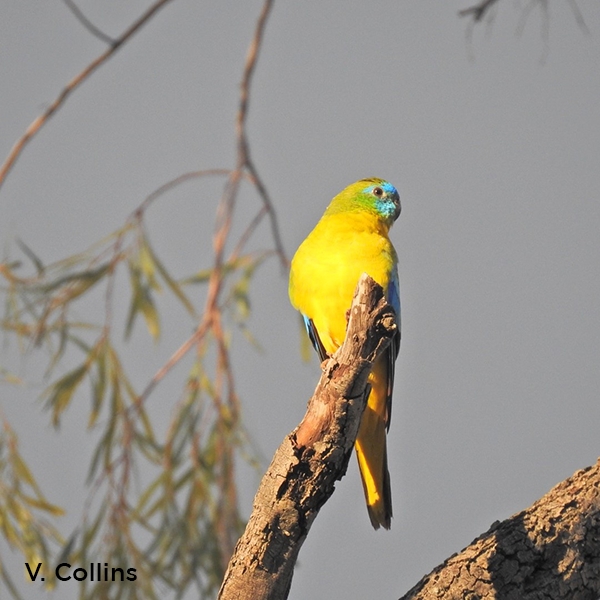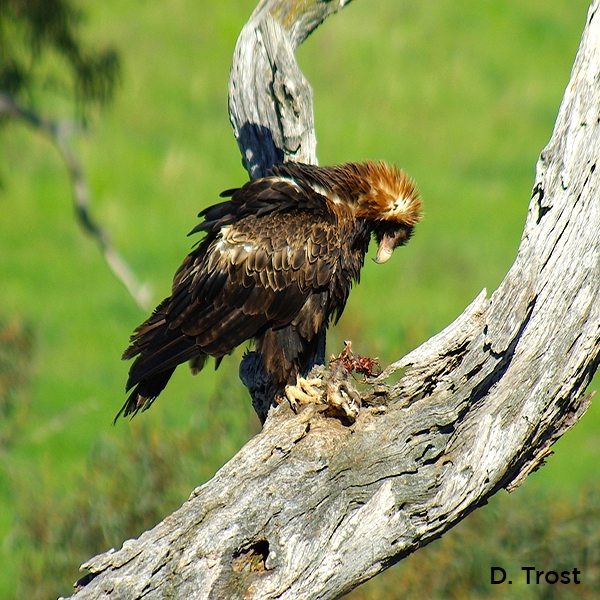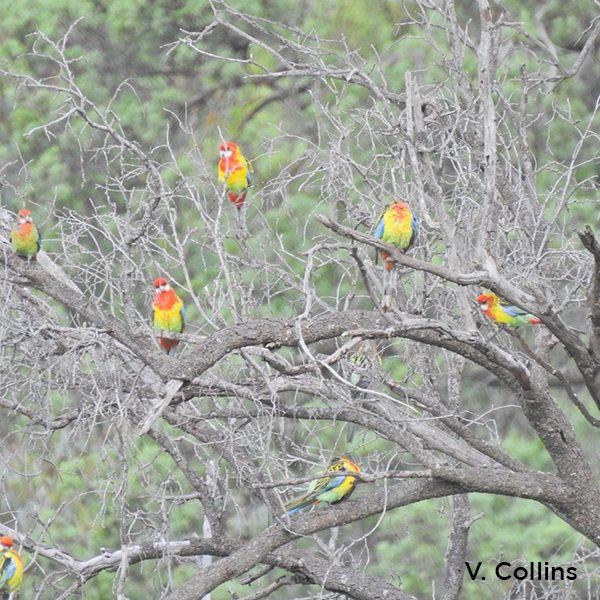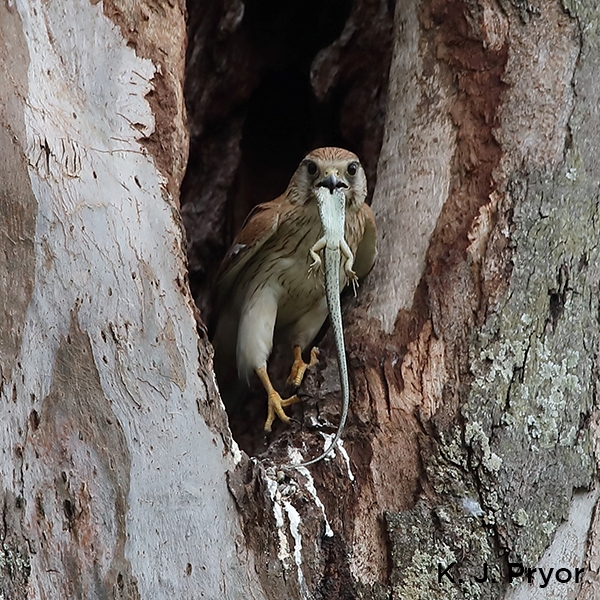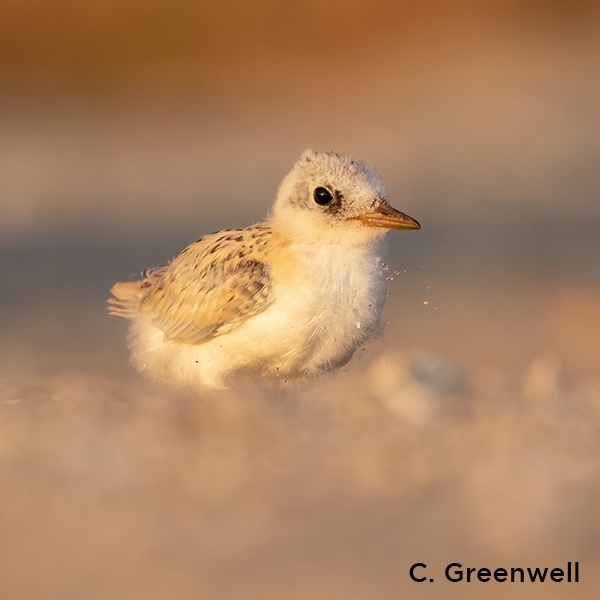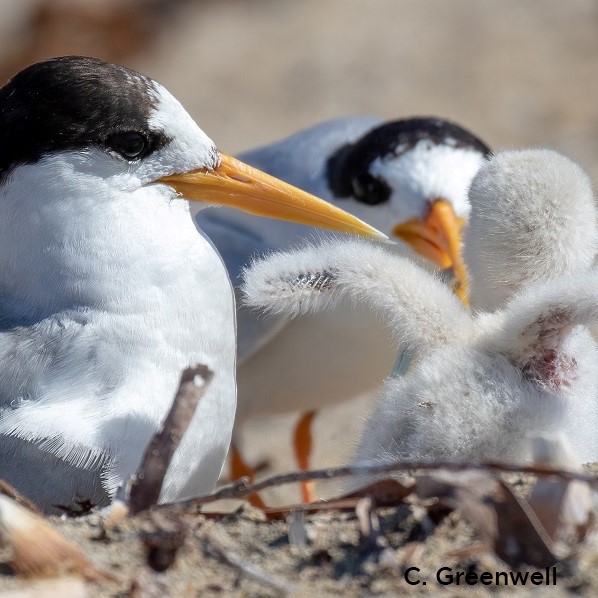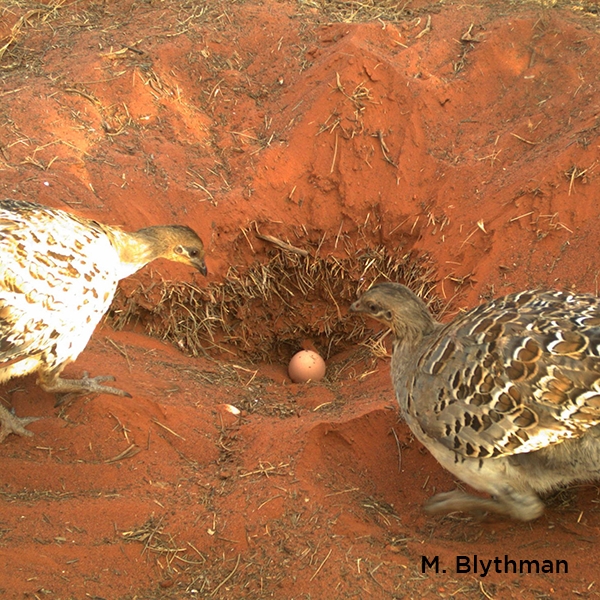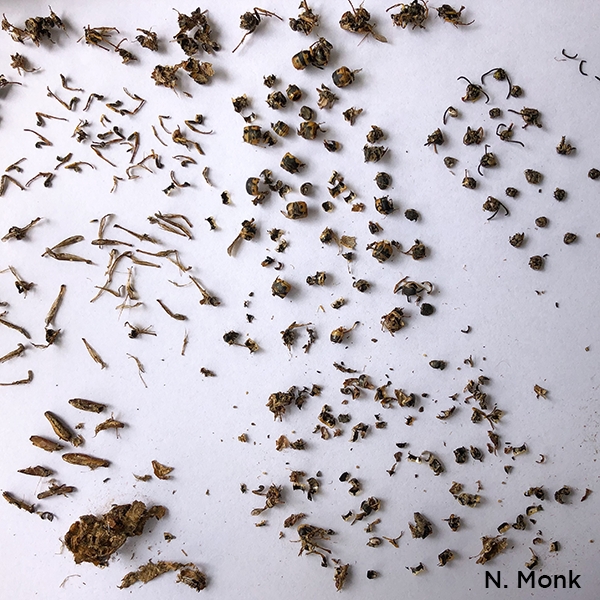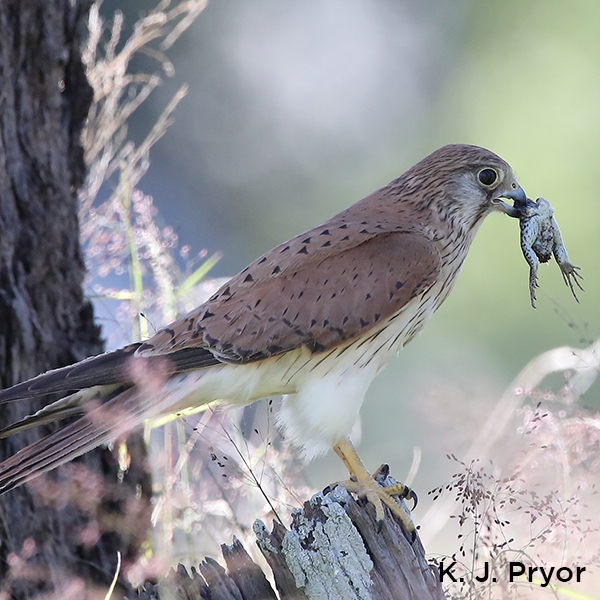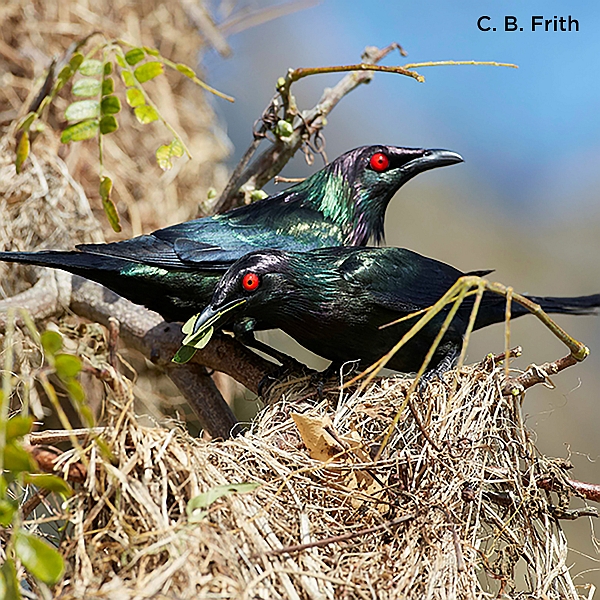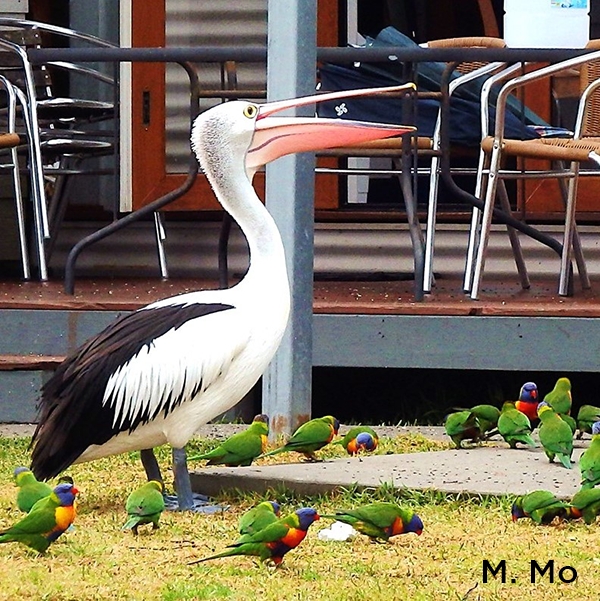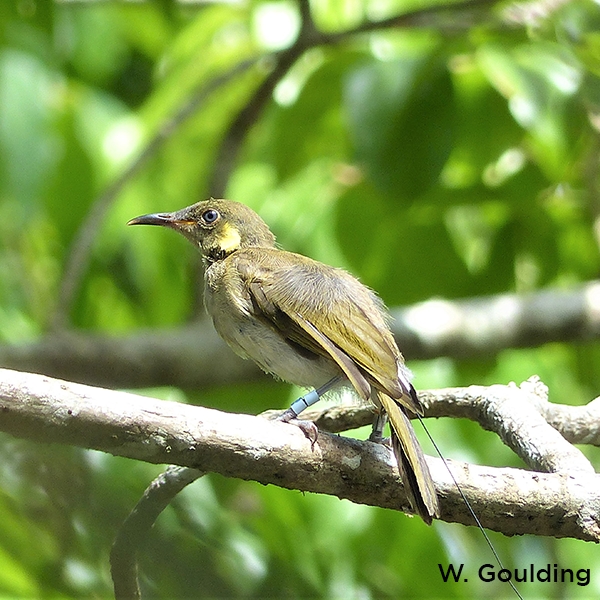Regional-scale predictive model identifies restricted nesting habitat of the Grey Goshawk Tachyspiza novaehollandiae in Tasmania
David A. Young, Steve Harwin, Jamie B. Kirkpatrick
Abstract
Predictive modelling at regional scales is increasingly necessary for the conservation of threatened raptor species in landscapes that are prone to development. Here, we integrated spatial data from 73 active nest sites with habitat and environmental data to create a regional-scale nesting habitat suitability model for the endangered Grey Goshawk Tachyspiza novaehollandiae in modified landscapes of south-eastern Tasmania. Canopy height, distance to watercourse, elevation and distance to forest edge had the highest percentage contribution (cumulative contribution of 53.1%) to the model’s predictions and were therefore the best predictors of suitable nesting habitat. The model indicated that Grey Goshawk nests are more likely to occur in tall eucalypt forests, Silver Wattle Acacia dealbata and Blackwood Acacia melanoxylon forest and temperate rainforest at elevations below 200 m above sea level in areas that receive ~619–946 mm mean annual rainfall. Within these broad parameters the model indicated that nests are more likely to occur near a forest edge, near a watercourse or drainage line and in well-shaded areas with concave landforms and a south-easterly aspect. A conservative threshold (>0.5 probability of occurrence) predicted that only 92 km2 (12%) of our study area (766 km2) is suitable for nesting. This study demonstrates that Grey Goshawks, like other goshawk species, have a narrow nesting range and ecological niche. Retention of the forest types used for nesting at elevations below 450 m asl, especially in areas with concave landforms and south-easterly aspects, will be beneficial for the conservation of the Grey Goshawk population in south-eastern Tasmania. The predictive map generated by our model can be used to identify such areas

